Palm Tree Care - Tips For Planting A Palm Tree In The Garden
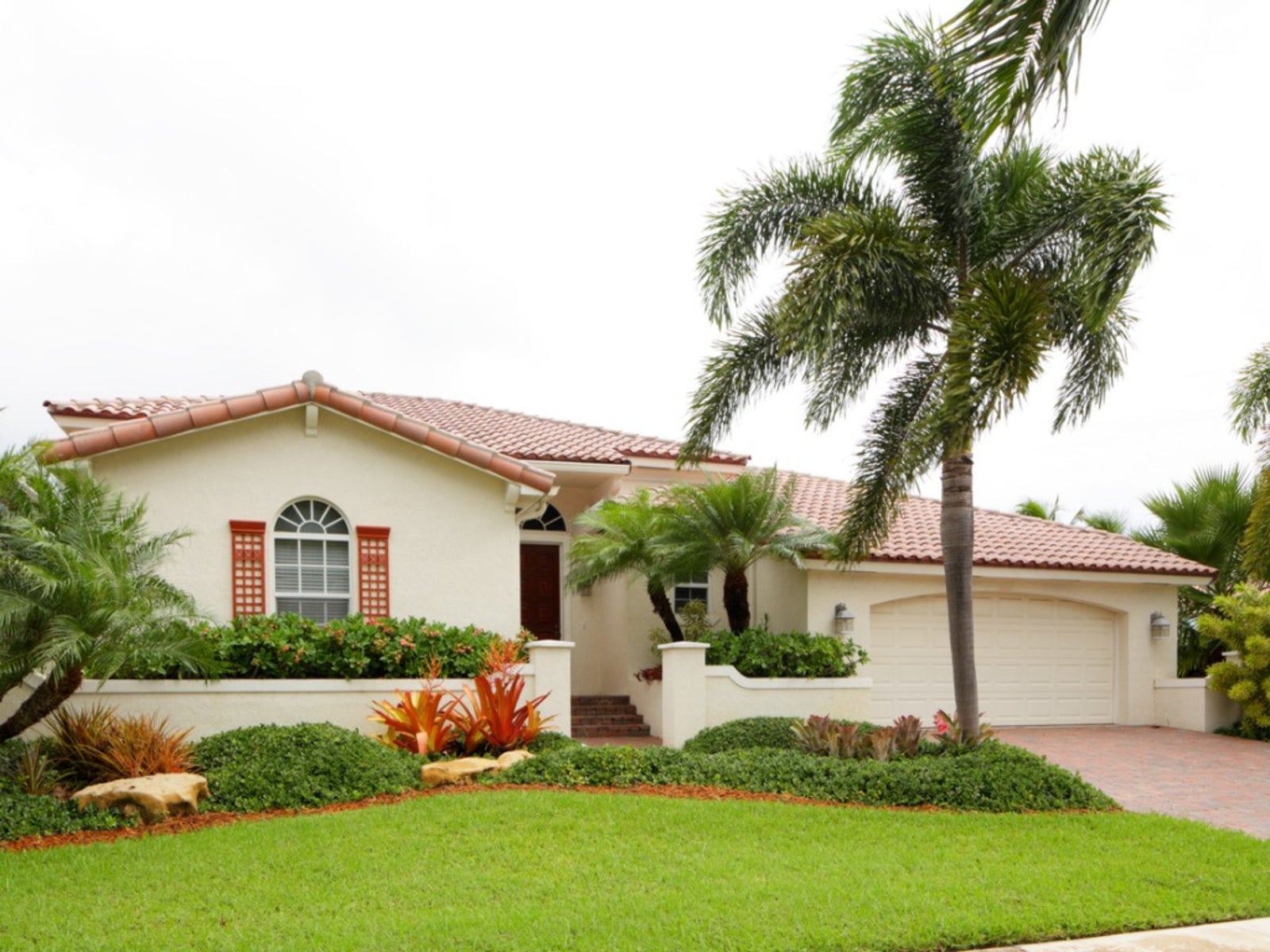

Few things evoke the tropics like a palm tree. Growing palm trees outdoors in northern climates can be challenging due to their frost intolerance but some, like cabbage palm and Chinese fan palms, will survive temperatures to 15 degrees Fahrenheit (-9 C.) when mature. Warm climates get their pick of palm tree choices. No matter where you have the plant, knowledge on how to take care of palm trees will help you have a healthy specimen standing proudly in your garden.
Palm Tree Choices
Palm tree care starts with the proper selection of species. Choose one that is hardy in your region and situate it where it gets adequate light and has excellent drainage. There are many varieties of palms from which to choose, but consideration should also be taken as to the plant's mature size. Some are towering plants and don't fit into many home landscape situations. Hardy palms are those that can withstand light freezes and even a bit of snow. In addition to Chinese and cabbage palms, the following palms are all good choices for temperate regions with some cold weather:
The classic varieties found in places like California and Florida would be:
You can also select the cold-hardy varieties for warm-season growing. Larger trees should be grown in-ground while smaller varieties, such as Sago, are useful for growing palm trees outdoors in containers.
How to Take Care of Palm Trees
Once you have your selection site, preparation is crucial to a healthy plant. Excessively alkaline soil should be amended with sulfur. The area should have organic nutrients over a large area since palm tree roots will spread and should have access to these nutrients many feet from the trunk. Take care not to bury the trunk in soil when planting a palm tree, as this could cause rot. Water the root ball before backfilling the hole. Spread mulch several feet (1 to 1.5 m.) from the trunk out around the root zone to provide supplemental nourishment over time as it composts. Replace the mulch annually.
Palm Tree Care Over the Years
After planting a palm tree, it needs supplemental watering until it establishes. Do not let the soil dry out completely for the first several months, but also do not let it stand soggy or you will invite fungal issues. In the first year, do a foliar feeding in spring and a time-release granular feeding with a 3-1-3 ratio every 4 months. Once the plant has been in the ground for a year, apply only the granular feed. Prune off dead fronds as they occur. If you need to prune to maintain size, only prune off the bottom to middle fronds. Topping a tree is not recommended which is why it is important at purchase to consider the mature size. With very little palm tree care, these majestic plants will live in your landscape for a generation or more, providing shade, dimension, and exotic beauty.
Gardening tips, videos, info and more delivered right to your inbox!
Sign up for the Gardening Know How newsletter today and receive a free copy of our e-book "How to Grow Delicious Tomatoes".

Bonnie Grant is a professional landscaper with a Certification in Urban Gardening. She has been gardening and writing for 15 years. A former professional chef, she has a passion for edible landscaping.
-
 Types Of Tomatoes Explained: Explore The Many Wonderful Shapes, Colors, Flavors, & Best Uses
Types Of Tomatoes Explained: Explore The Many Wonderful Shapes, Colors, Flavors, & Best UsesThe world of tomato varieties is vast and fascinating. Learn about the key types to grow in your garden, tailored to your preferences and space.
By Amy Grant
-
 Try The Trend – Turn Any Bed Into A Keyhole Garden With This Clever In-Ground Composter
Try The Trend – Turn Any Bed Into A Keyhole Garden With This Clever In-Ground ComposterKeyhole gardening is an efficient and sustainable practice that saves space. Get started on this DIY project quickly and easily with an in-ground composter.
By Bonnie L. Grant
-
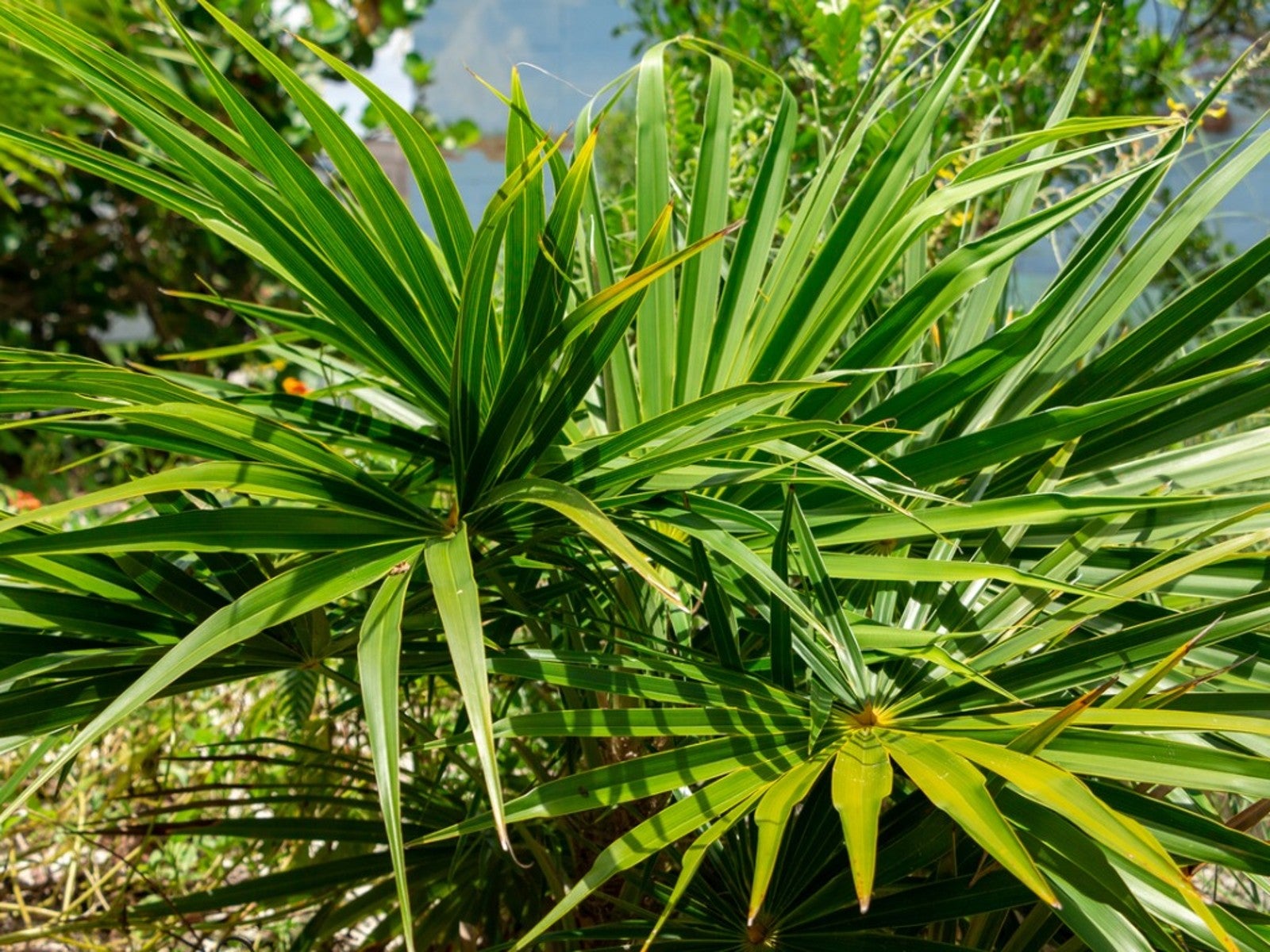 Florida Thatch Palm Facts – How To Grow Florida Thatch Palm Trees
Florida Thatch Palm Facts – How To Grow Florida Thatch Palm TreesGrowing Florida thatch palms is not difficult in the right climate. If these trees interest you, read on for more Florida thatch palm facts.
By Teo Spengler
-
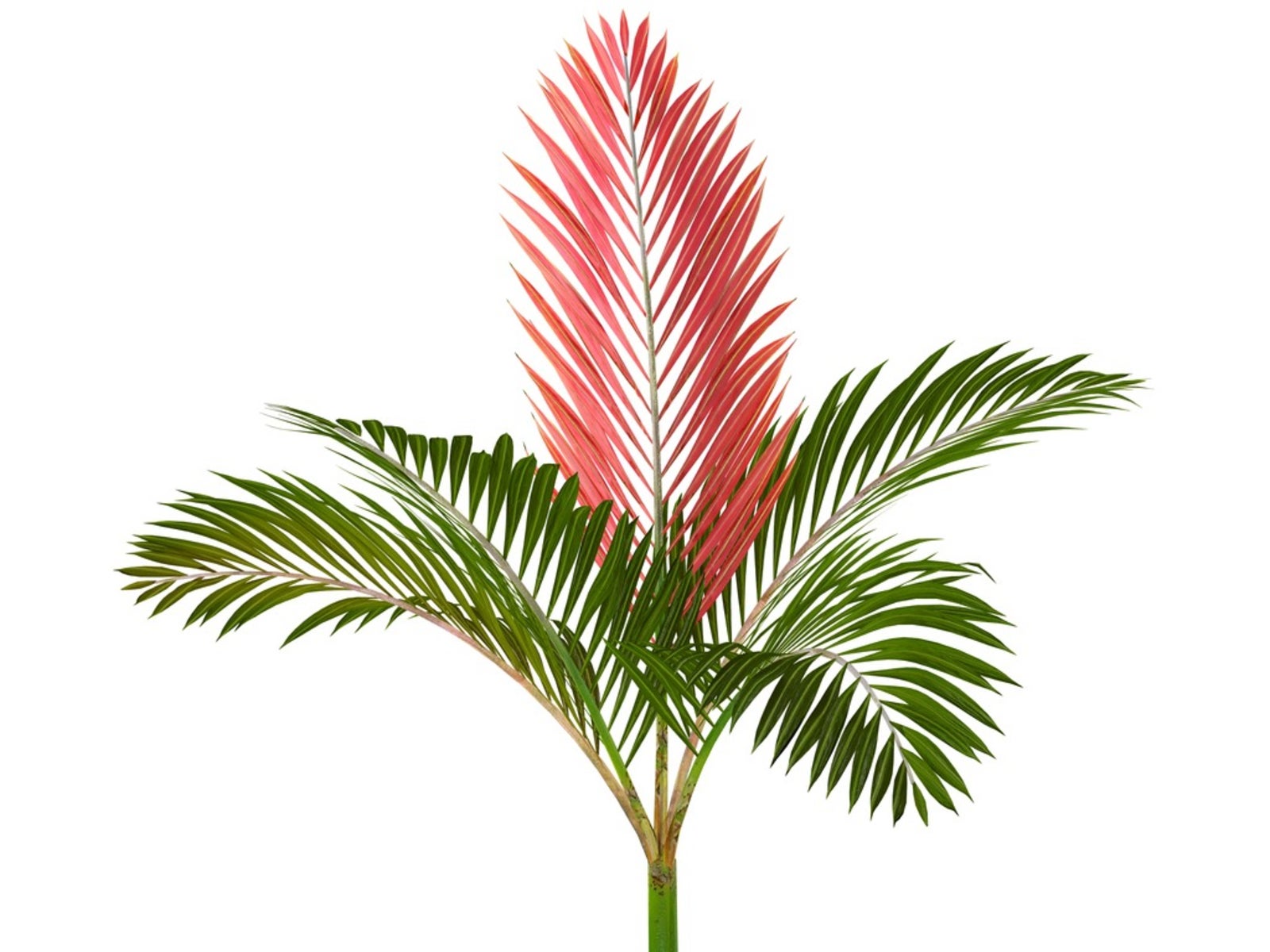 Red Leaf Palm Information – Learn About Growing Flame Thrower Palms
Red Leaf Palm Information – Learn About Growing Flame Thrower PalmsRed leaf palms are exotic and beautiful trees with leaves that grow in scarlet. If you’re thinking of growing these trees, click here for more information on red leaf palm care.
By Teo Spengler
-
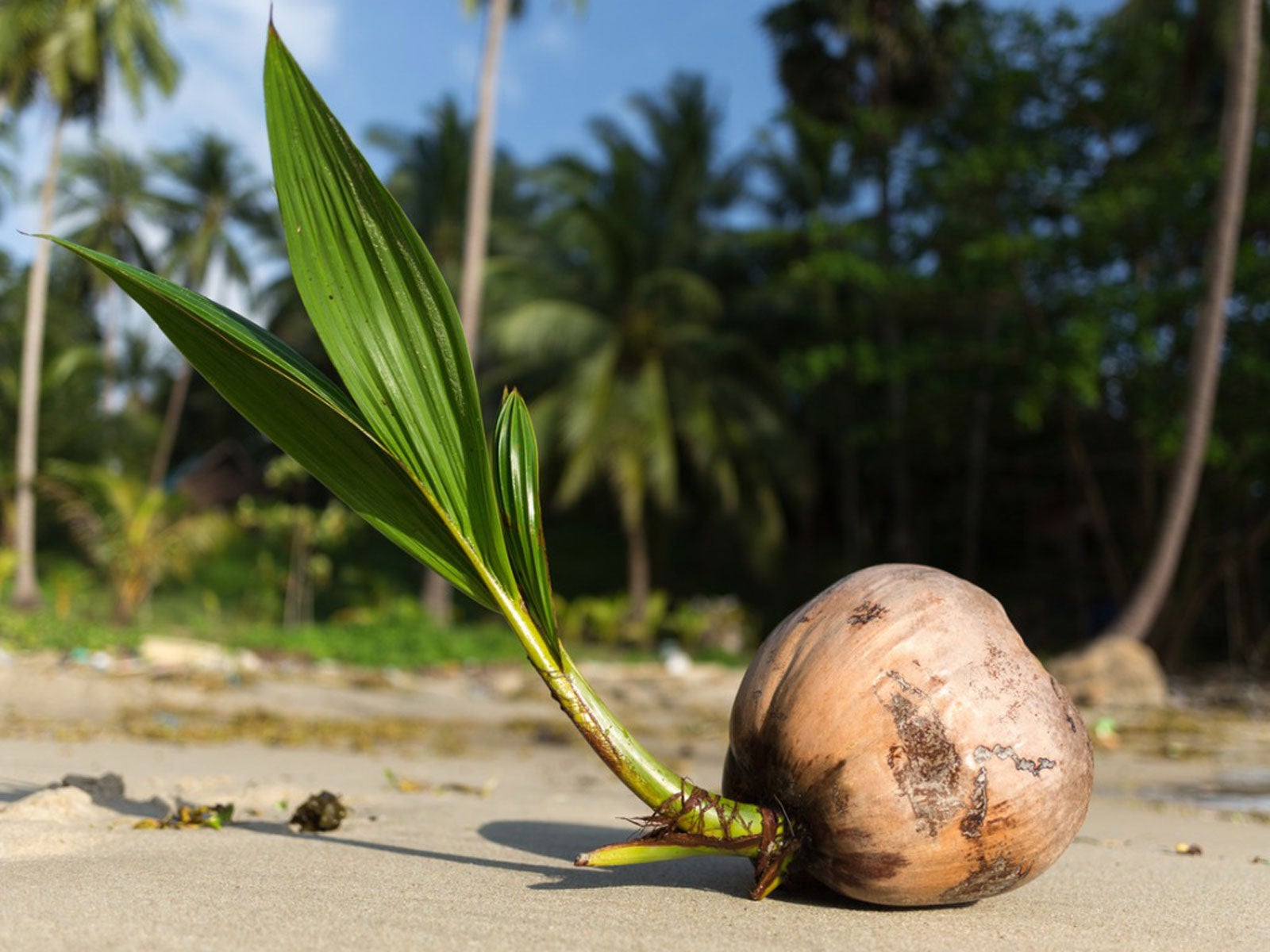 Palm Tree Seed Germination: What Does A Palm Tree Seed Look Like
Palm Tree Seed Germination: What Does A Palm Tree Seed Look LikePalm tree seed germination is not a matter of weeks but months or even years. Click here for more information on growing palms from seed.
By Teo Spengler
-
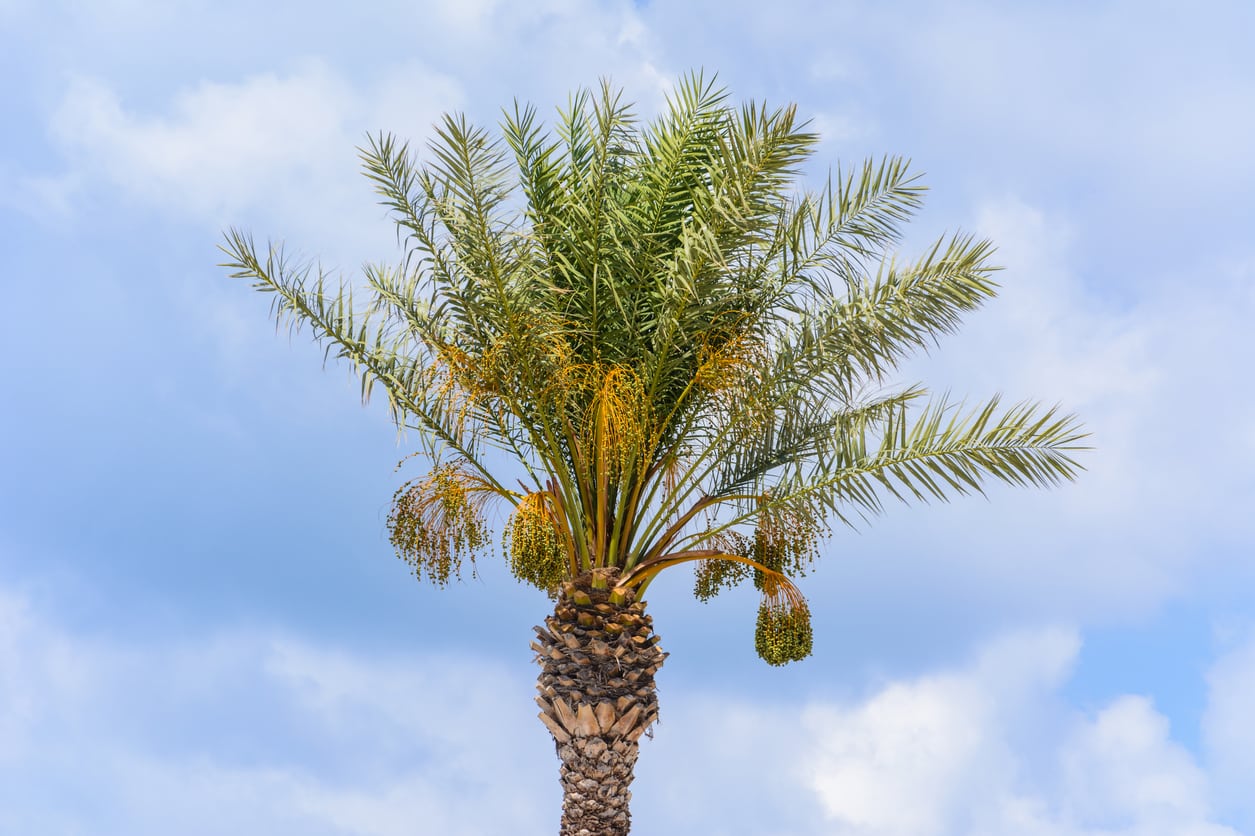 Feeding A Palm Tree: Learn How To Fertilize Palms
Feeding A Palm Tree: Learn How To Fertilize PalmsPalm trees are planted as specimen plants for their exotic, tropical look. However, palm trees have high nutritional demands and the calciferous, sandy soil they’re normally grown in cannot always accommodate these needs. Click here to read more about fertilizing palm trees.
By Darcy Larum
-
Pink Rot On Palms: Tips For Treating Palms With Pink Rot Fungus
Pink rot fungus is a palm tree disease that infects damaged or weakened palms. Like many fungi, it is easier to prevent than it is to treat. Here are some tips on dealing with pink rot on palms. Click this article to learn more.
By Jackie Carroll
-
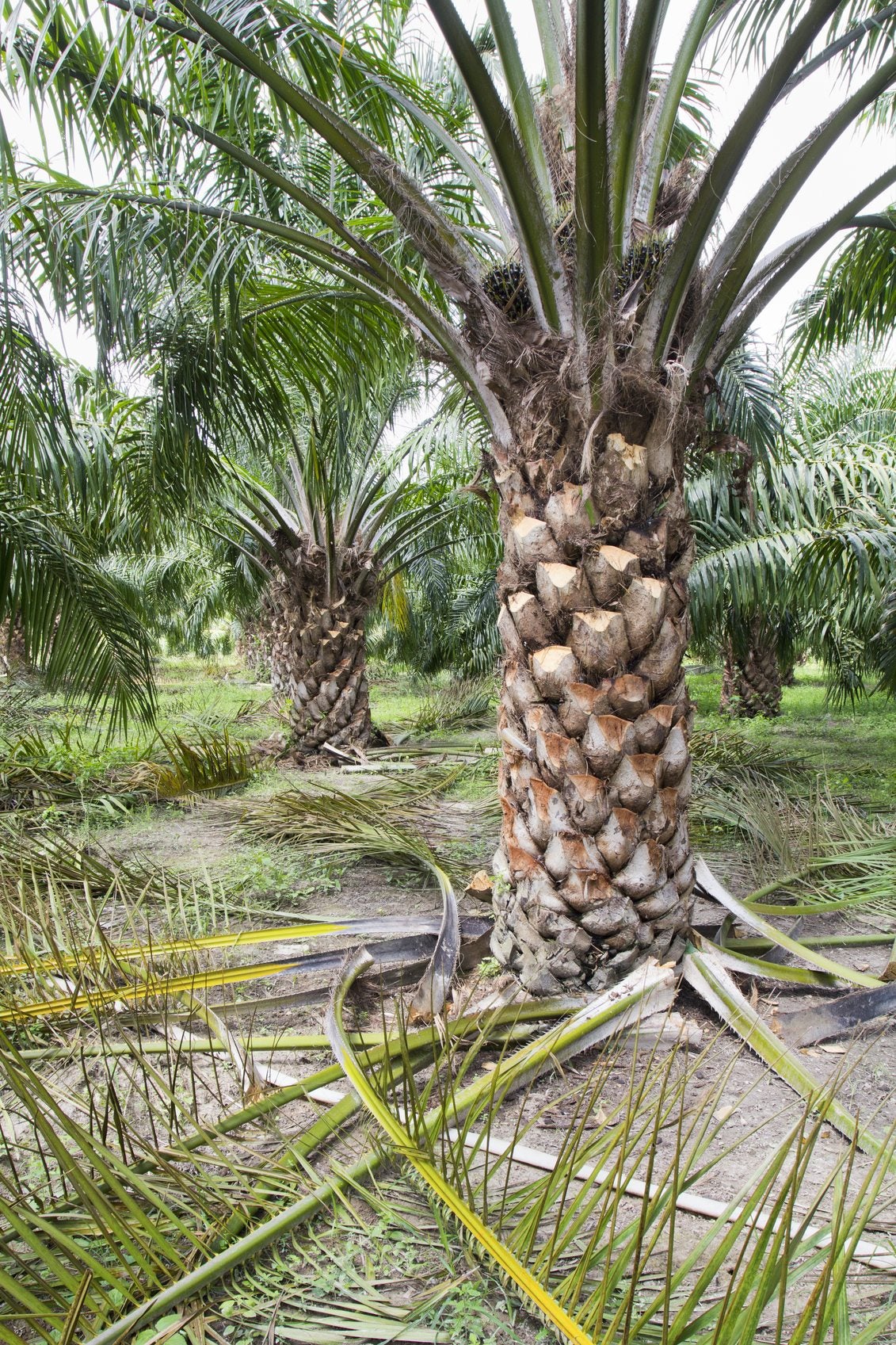 Pruning Palm Plants: Tips On Cutting Back A Palm Tree
Pruning Palm Plants: Tips On Cutting Back A Palm TreeCutting back a palm tree will not make it grow faster. This myth has caused gardeners to do extensive palm tree pruning that doesn't help and can hurt the tree. If you want to know how and when to prune a palm tree, this article will help.
By Teo Spengler
-
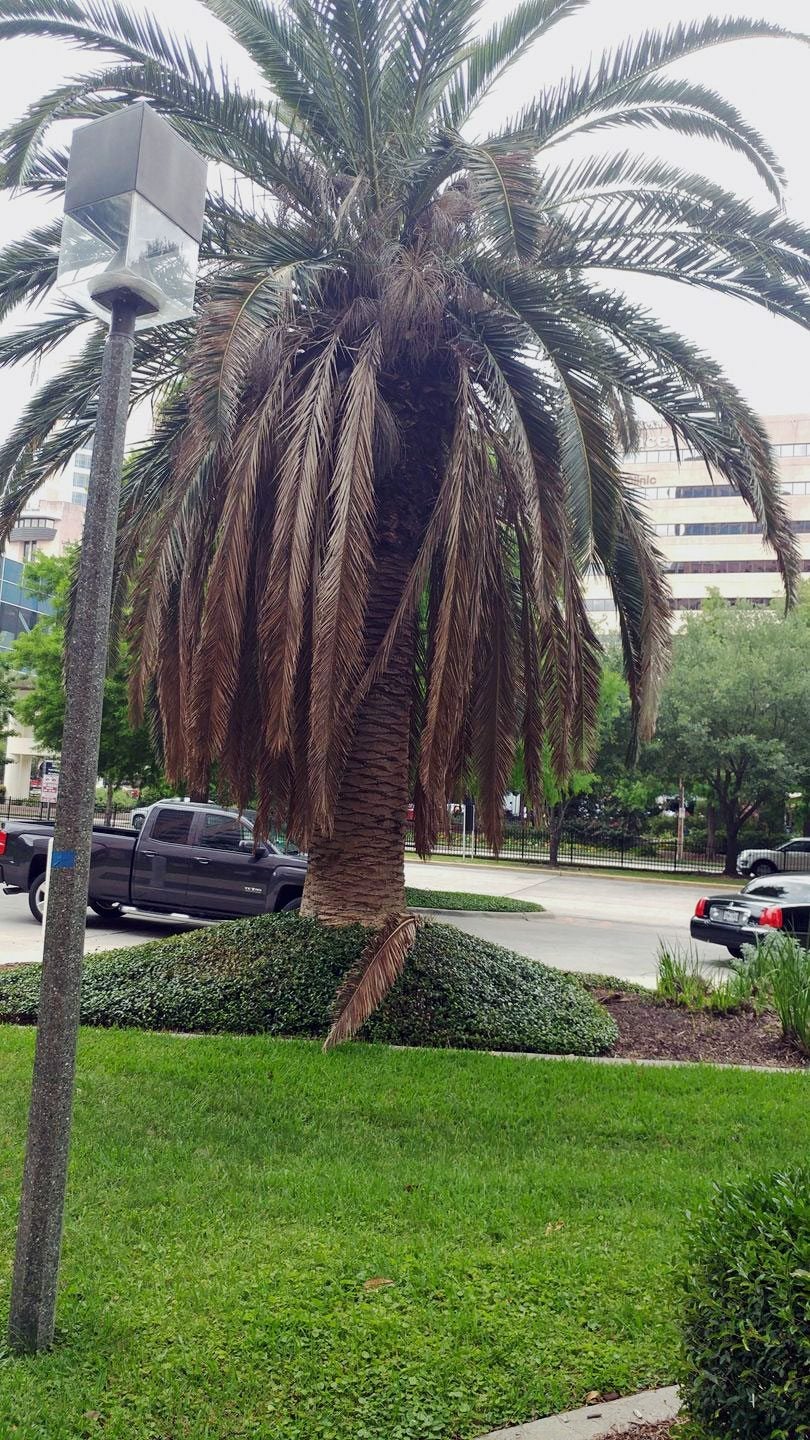 Palm Tree Dropping Fronds: Can You Save A Palm Tree Without Fronds
Palm Tree Dropping Fronds: Can You Save A Palm Tree Without FrondsThere are a number of reasons for palm tree fronds falling off, from natural "cleaning" to damaging cultivation, disease, and pest issues. If there are no fronds on a palm tree, the plant may be in real trouble but it is possible to still save it. Learn more here.
By Bonnie L. Grant
-
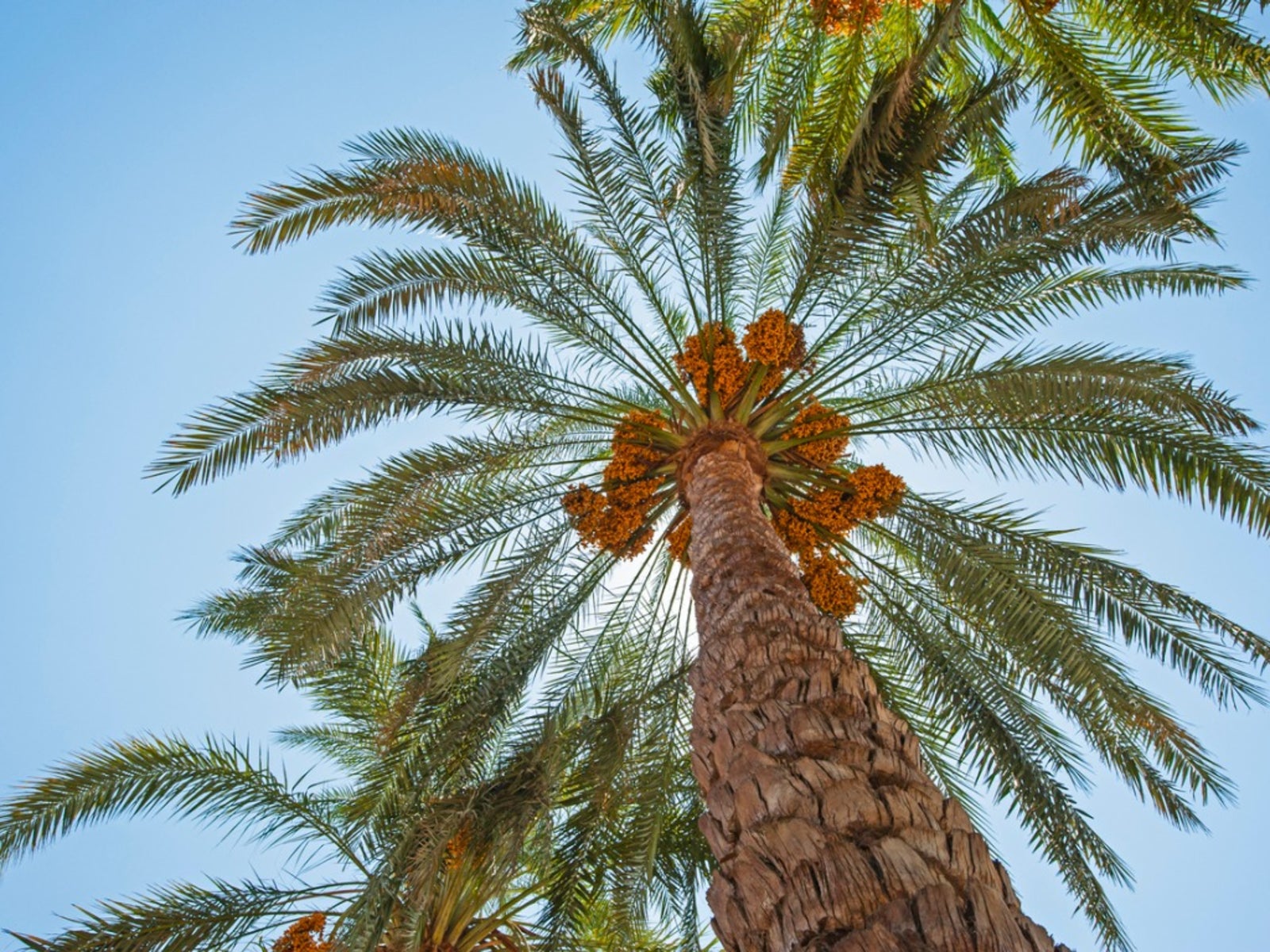 What Is Lethal Yellowing Disease: Learn About Lethal Yellowing Of Palms
What Is Lethal Yellowing Disease: Learn About Lethal Yellowing Of PalmsLethal yellowing is a tropical disease that affects several species of palm. This disfiguring disease can devastate landscapes in South Florida that rely on palms. Find out about lethal yellowing treatment and detection in this article.
By Jackie Carroll